

Chicago Pile 1 (CP-1) was the
world's first nuclear reactor
BUILT BY ENRICO FERMI AND HIS TEAM
IN 1942 AT THE UNIVERSITY OF CHICAGO
It signaled the birth of a new era
... and the start of our Laboratory
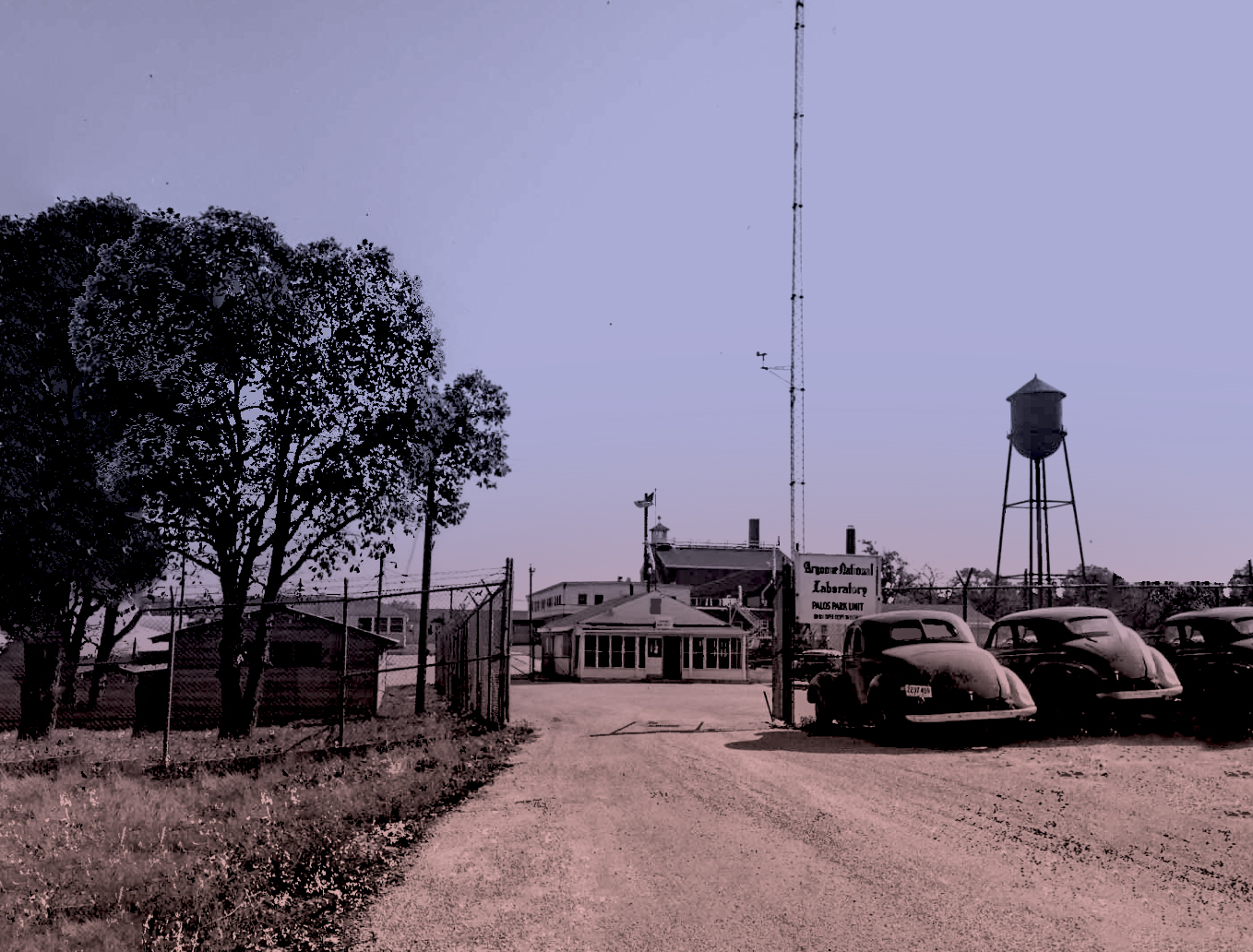
Within a decade of Fermi's first reactor, Argonne
designed, built and tested numerous reactor proto-
types, including thermal and fast breeder reactors
Argonne even developed the reactor
core for the U.S.S. Nautilus, the world's
first atomic-powered submarine!
Argonne's work is the basis for nearly
all commercial nuclear power reactors used
around the world, including evolving systems
for future sustainable nuclear energy
ARGONNE "SITE A" CIRCA 1946
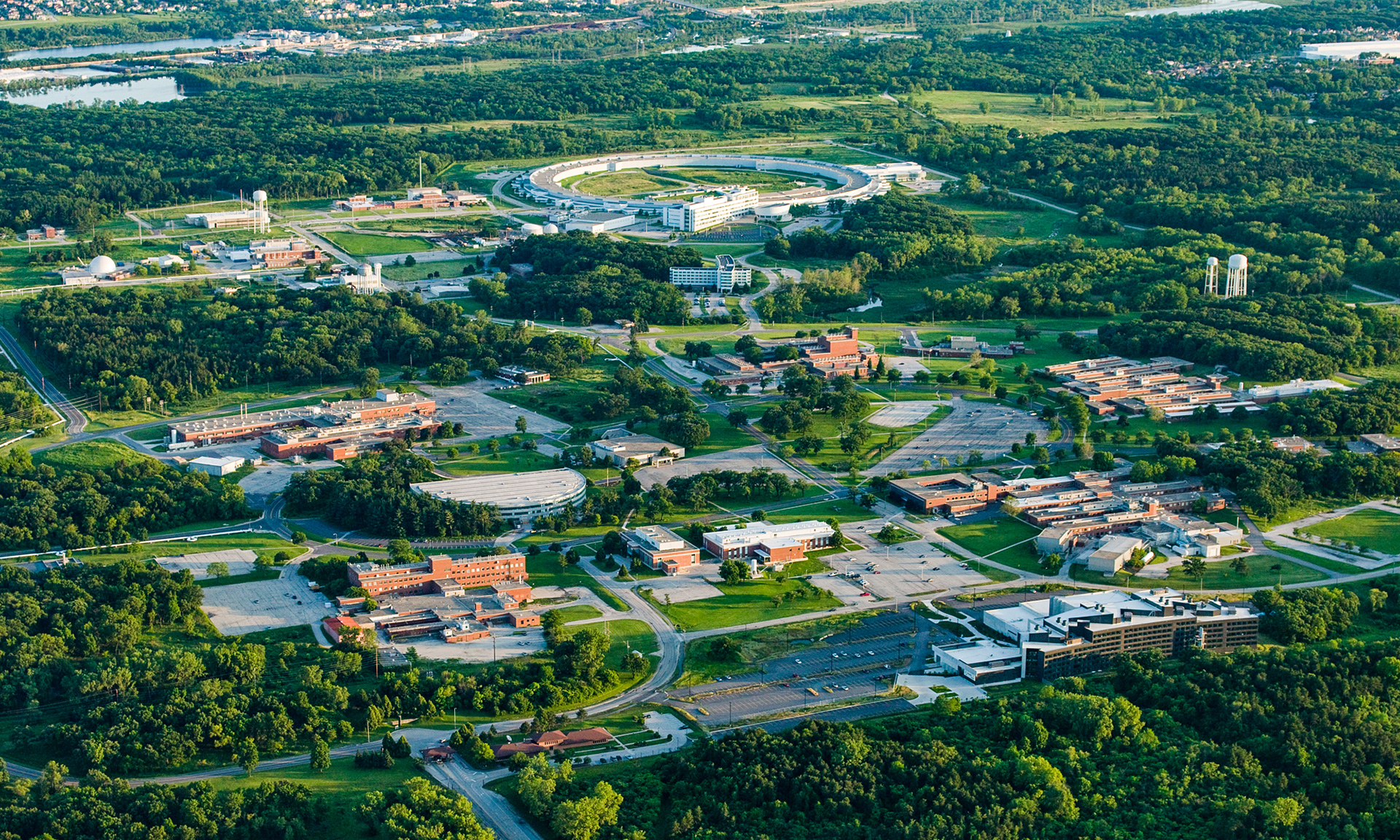
Today, Argonne works on a broad range of some
of the nation's most pressing challenges in science,
energy, environment, and national security
Fermi's legacy continues today as part of the
mission of Argonne's nuclear energy program, and
our work continues to advance the science and
technology foundations for nuclear energy
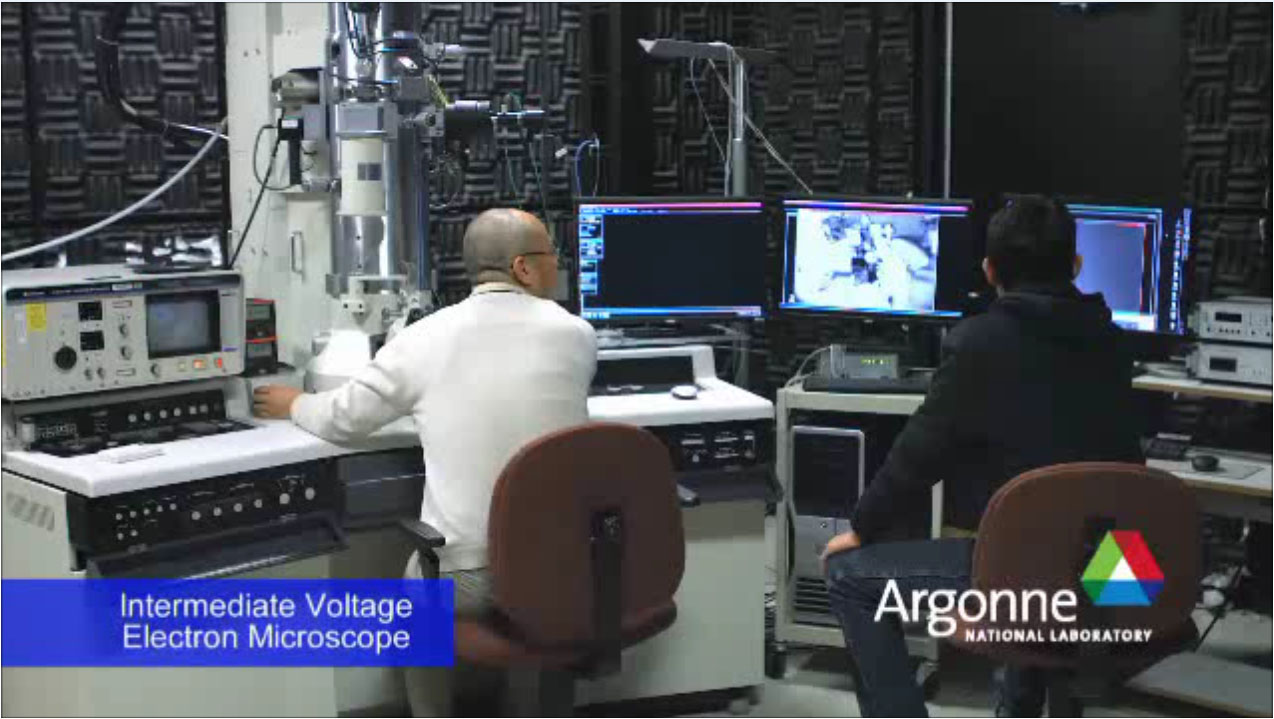
Our vision is realization of sustainable nuclear
energy as a safe, secure, carbon-free energy source
to support global economic growth and prosperity
Argonne provides national and technical leadership
for the U.S. Department of Energy’s Advanced Reactor
Technologies, Advanced Materials and Manufacturing
Technologies, and Fuel Cycle Technologies Programs
We have world leading expertise in reactor
and fuel cycle physics, reactor design & safety,
separations science and materials science
PLUS SYNERGISTIC PROGRAMS IN REACTOR CONVERSION
AND MEDICAL ISOTOPE PRODUCTION TO LEU, AND
FUELS & MATERIALS EXPERTISE THAT SUPPORTS LIFE EXTENSION
AND IMPROVED OPERATION OF CURRENT AND EVOLVING PLANTS
We utilize Argonne's world-class user facilities,
such as the Advanced Photon Source, Leadership
Computing Facility and the Intermediate Voltage
Electron Microscope
... as well as our unique facilities for testing
and validation of reactor concepts and components
We also partner with industry innovators
developing advanced nuclear systems with the
goal of demonstrating and deploying these
systems to meet U.S. decarbonization goals
Reactor Conversions
Argonne has a distinguished history of
advancing our nation's nonproliferation goals
This includes our long-standing work to convert
research and test reactors worldwide to low, rather
than highly enriched uranium (HEU) fuel
TRIGA POOL-TYPE RESEARCH REACTOR
We use our engineering expertise to develop
designs that eliminate the need for HEU fuel, while
preserving facility mission requirements
109 facilities have been converted (or shutdown prior
to conversion) since the work was started in 1978
RESULTING IN SUBSTANTIAL REDUCTION OF HEU USAGE WORLDWIDE
AND THE ASSOCIATED RISK OF THE SPREAD OF NUCLEAR WEAPONS
In fact, Argonne's efforts contributed to a recent
milestone: all major global Molybdenum-99 medical
isotope production facilities now use LEU

Computing
Argonne has used computers for much of its history.
This was the Lab's first computer, AVIDAC (1953).
Argonne plays a prominent role in
DOE's Nuclear Energy Advanced Modeling
and Simulation (NEAMS) program
Our reactor engineering software
and enabling tools for high performance
computing are internationally recognized
We also use the world's most powerful
super-computers at Argonne's Leadership
Computing Facility, such as THETA ...
and AURORA soon to come!
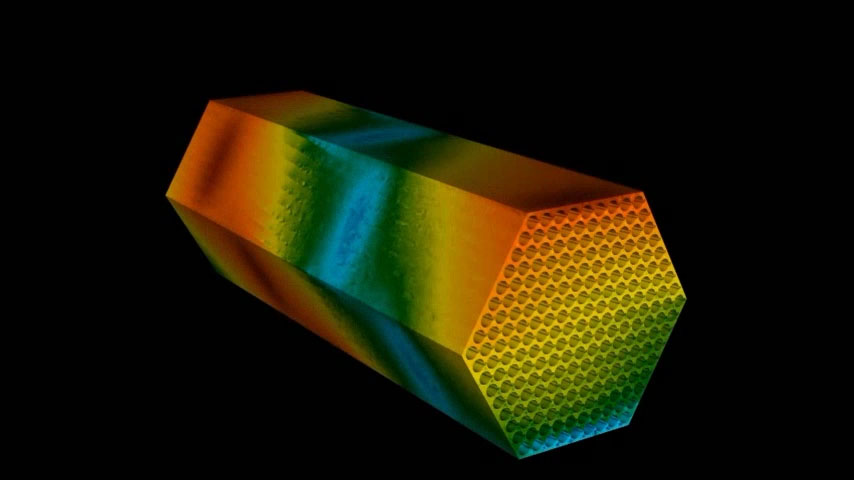
Simulation
This is an example of a complex simulation requiring
a powerful supercomputer. It models coolant flow
in a sodium-cooled fast reactor.
The distorted (eddy current) flow along the
side is due to the helical wire-wrapped fuel
pins used to space the fuel and promote
mixing to reduce hot spots
It used a billion grid points and ran using
65536 processors on a supercomputer!













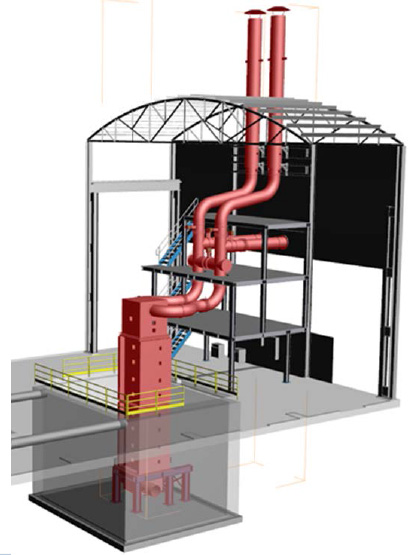
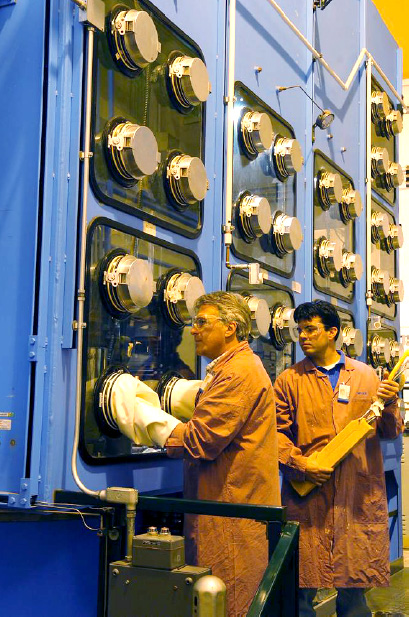
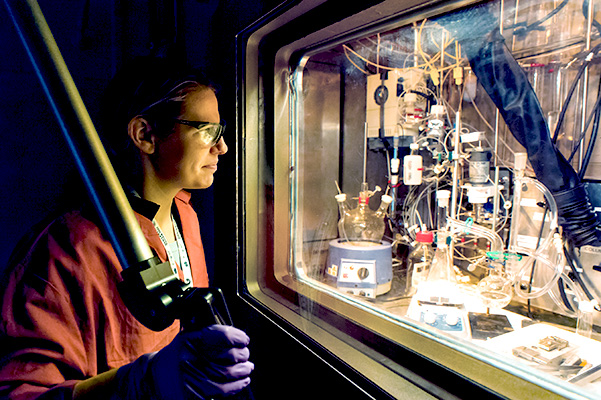
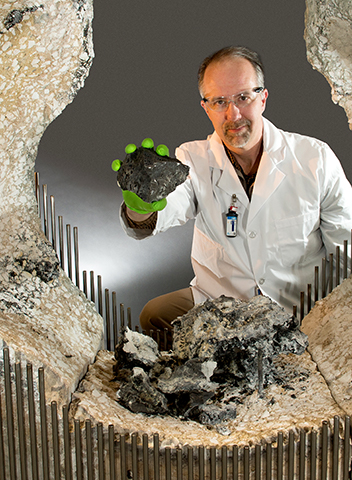
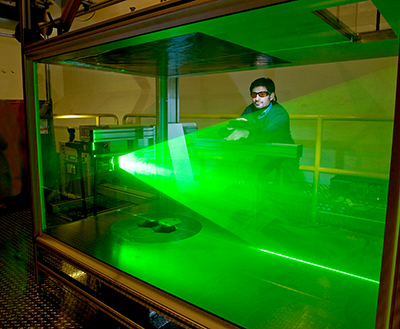 Reactor Conversions
Reactor Conversions ComputingArgonne has used computers for much of its history. This was the Lab's first computer, AVIDAC (1953).Argonne plays a prominent role in
ComputingArgonne has used computers for much of its history. This was the Lab's first computer, AVIDAC (1953).Argonne plays a prominent role in SimulationThis is an example of a complex simulation requiring
SimulationThis is an example of a complex simulation requiring
